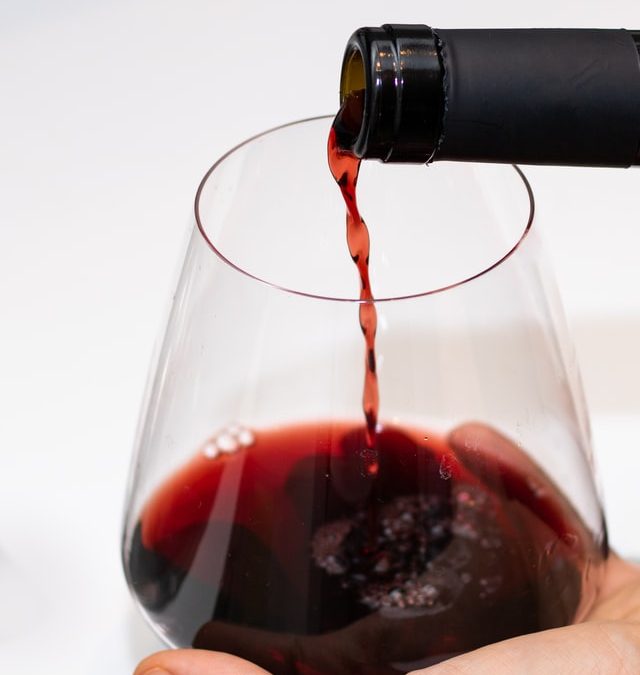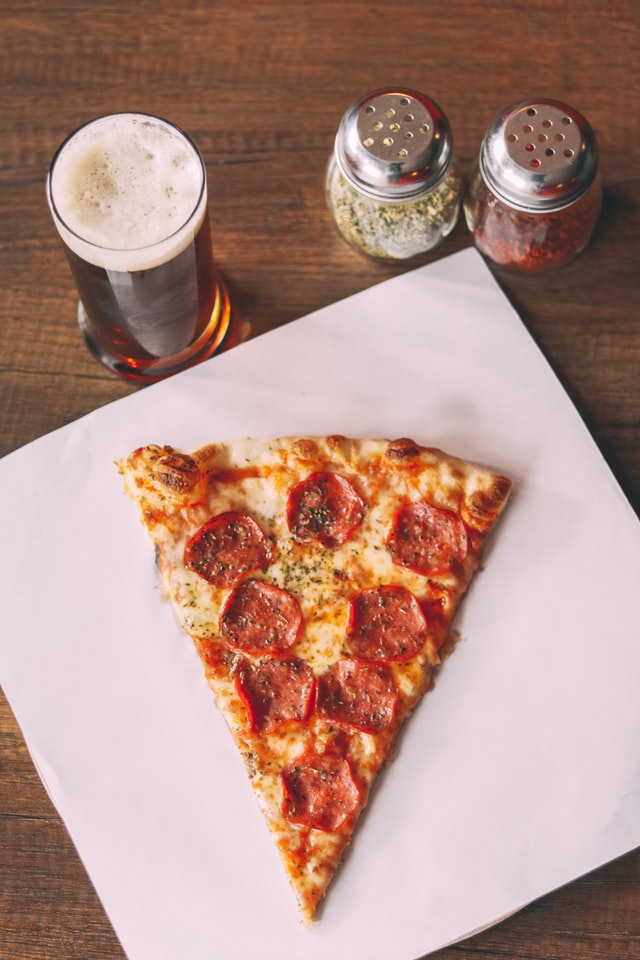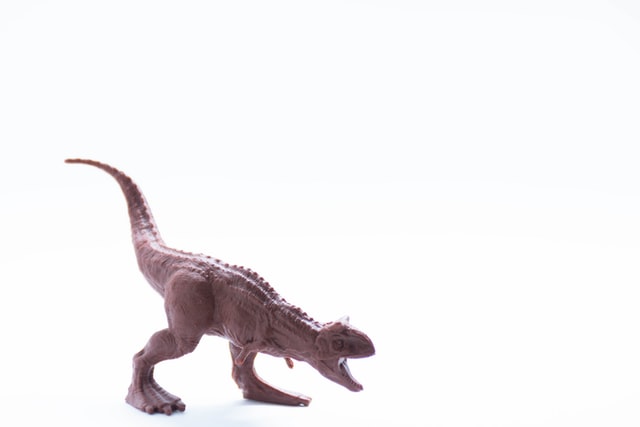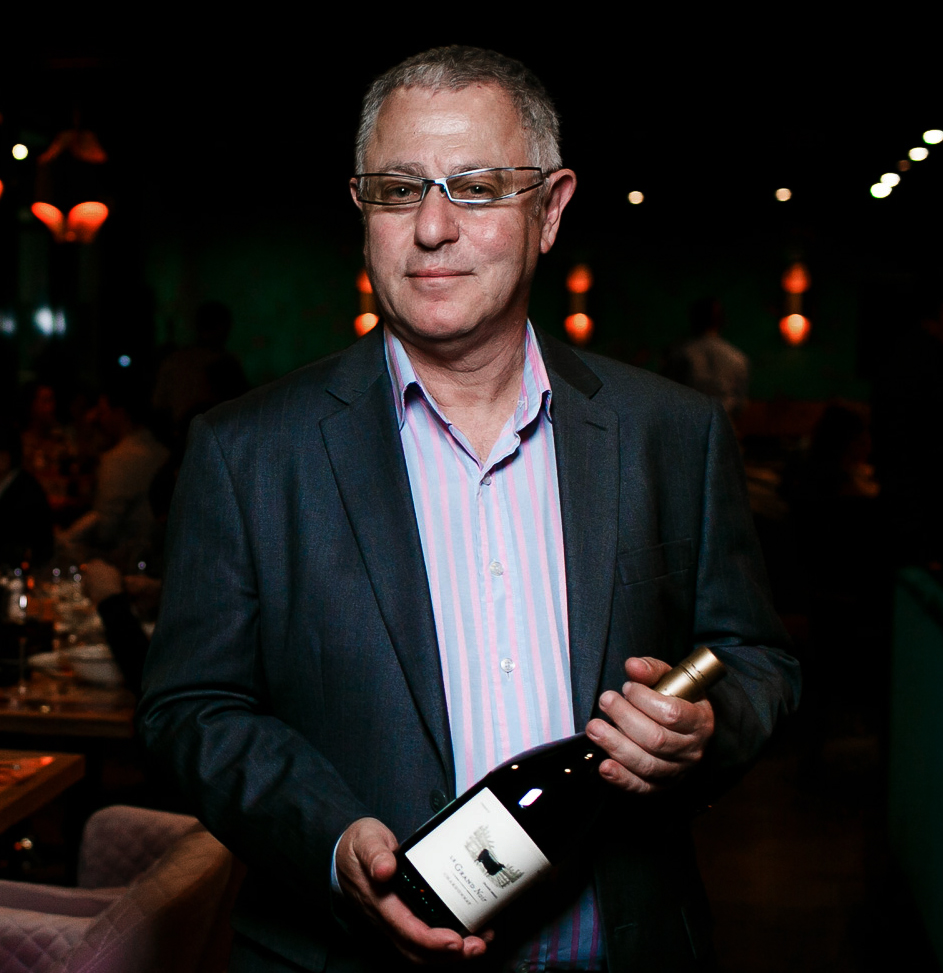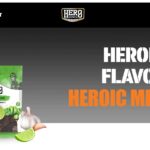This is a guest post by Robert Joseph, the noted wine writer, speaker, producer and provacateur. He has been thinking wholistically about wine for decades.
Just imagine for a moment that you and your family have just settled down to something you want to see on television. Your favorite pizzeria calls to say the cyclist who usually fast pedals the pizzas to your door has broken his leg, and his replacement can’t get to you for at least an hour. What do you do?
Put up with the grumbling stomachs and comments of your hungry teenagers while waiting for Mario the former Met Opera singer’s marvelous Margherita? Or say, ‘the hell with it, cancel the order and place a new one with Dominos?
Or let’s try another scenario.
An item you want is available from Amazon, at a great price and with delivery this afternoon, but after this morning’s New York Times article, you don’t feel happy about the way Mr. Bezos’s behemoth treats its workers, handles its tax affairs and threatens smaller competitors.
So, what do you do?
Swallow your scruples or pay for them by buying them from another retailer and accept that you’re going to spend a bit more to get them in a couple of days.
Whole Products
Welcome to the notion of ‘Whole Product’ created in 1983 by the German-born economist and editor of the Harvard Business Review, Theodore (Ted) Levitt, in his book The Marketing Imagination.
Ahead of his time in many ways, Levitt defined corporate purpose being” to create and keep a customer” rather than “merely making money.”
To achieve this objective, he suggested, manufacturers and sales staff needed to understand that consumers don’t simply buy the ‘core product.’ They purchase a bundle that includes ‘intangible… complementary attributes.
Over the last nearly 40 years, this idea has gained traction among a small but growing number of marketers, especially after Geoffrey Moore included it in his 1991 book, Crossing the Chasm: Marketing and Selling High-Tech Products to Mainstream Customers.
Moore’s message that “simpleminded comparisons of products by the technological feature are very likely to get it wrong” was readily applicable to a wide range of goods, from cars and cameras to personal computers. It might just as easily have applied to smartphones if these had been invented, explaining why people buy an iPhone rather than a cheaper alternative with a very similar specification.
Apple users, like Rolex-wearers and Mercedes-drivers, whether they’d admit it or not, benefit from what has been described as the ‘psychological feeling associated with the brand.’
The intangibles might include the experience of ‘unboxing’ the phone, the service provided in the car showroom, or the glossy advertisement depicting a famous sportsman sporting a watch with the same logo as theirs. Comparable grocery products may seem sufficiently more appealing when picked from a Whole Foods shelf than in Walmart to justify the former chain’s higher price tag.
Whole Wine
When applied to the wine industry, it is easy to see how the whole product model fits into the marketing and packaging of Champagne and a limited number of still wines that are sold as luxuries.
Elsewhere, it might cover the tasting room experience or encounters with the winemaker at public events. There might be a newsletter, a great website, possibly a memorable stream of images on Instagram, and of course, the all-essential stories’ shared with a bit of help from the media.
On the other hand, all too often, we see reliance on a 95-point score or a gold medal based on a blind tasting. Or the words’ Grand Cru’. Or the information that the vines were grown on granite. Or that the wine was aged in Tronçais oak barrels. All of which are the vinous version of a ‘technological feature.’
Thinking of each wine as a whole product changes everything because it involves considering how it fits into the buyer’s life.
Whole T-Rex
I love the story told – in a Harvard Business Review article -by Hubert Joly, former chairman of the US Best Buy chain. A woman walked into a store with Jordan, her three-year-old son, and his favorite toy, a T. rex that Santa had recently delivered.
Instead of simply directing the customer to the shelves where she could find a replacement, the shop assistants “went above and beyond to ‘save’ the T-Rex. Playing doctor, they took the broken dinosaur in for ‘surgery’ behind the counter, discreetly exchanging it for a new one while narrating the lifesaving procedure being performed.
After a few minutes, they handed over the ‘cured’ dinosaur to a beaming, excited Jordan.”
This tiny episode is worth unpacking. The Best Buy staff did more than solve a straightforward problem: replace a broken toy. They understood that, to a small child, giving him a new dinosaur to unwrap at home would be like saying, “Sorry your kitten died, but here’s another one that looks just the same.” Like a pet that’s had lifesaving surgery by a vet, the chances are that the repaired T. Rex was even more cherished than before. It was an even better Whole Product.
Crucially to the company’s bottom line, so, for that customer, was Best Buy. No longer just a store where you get stuff, it had been momentarily transformed into a high street version of Disneyland: a place that puts smiles on the faces of children
Whole Wine Experiences
A wine bought from a shop where, as they wrap the bottle, the assistant talks about their experience of drinking it or visiting the region, or about a conversation they’ve had with the producer, is a different product to the exact vintage grabbed from a shelf in Total or Costco.
Wherever, and however, they’ve acquired the bottle, for a wine lover, cutting off the capsule or, in rarer cases, removing the wax, extracting the cork, and quite possibly pouring the liquid into a decanter, are all as much a part of the experience as drinking it. But so, quite likely, are the emotions aroused by the words and numbers on the label, and quite possibly, the look and weight of the bottle.
Environmentalists reasonably hate heavy wine bottles, as do wine critics who get annoyed when they discover that the bagged-up sample in a blind-tasting line-up is empty. But many people who drink wine buy it quite occasionally and rarely encounter weighty examples.
They may associate the larger format as being of higher quality, in the same way, and with the same logic as voters who reliably favor taller candidates. And they may imagine that by diligently recycling all of their glass, they are already doing their bit against climate change.
Producers who switch to lighter bottles to help save the planet, like those who move from natural corks to screwcaps to protect their customers from tainted and oxidized wine, maybe doing the right thing. However, all but the most potent brands have to be aware of the possible consequences of tinkering with a whole successful product.
Communication may be the answer.
An explanation may persuade existing customers of why the change has been made. But they may not. And, in any case, this might not be an effective strategy when dealing with the shopper who’s unfamiliar with the product and ready to be seduced by the heavy bottle and cork.
If you change your whole product, you may need to accept that you will lose some of the customers who liked it the way it was and seek out new ones who will appreciate what you have done and why.
Suppose Mario is going to go on having problems with his oven. In that case, he needs to be sure there are enough people out there who’ll chuck a pack of tortilla chips at their kids and tell them a fantastic hand-made pizza from a man who sings arias while working the dough and delivers by bicycle is worth the wait.
A guest post by Robert Joseph – a unique voice in the wine world
Former wine writer for the London Sunday Telegraph, founder-editor of WINE International magazine, and author of over 25 books, including the annual Robert Joseph Good Wine Guide, the Complete Encyclopedia of Wine, the Art of the Wine Label, and Bordeaux and its Wines. His French Wines has been published in French, Russian, Chinese, Italian, and Polish.
In 1984, he launched the International Wine Challenge and built it to become the world’s biggest wine competition, with regional competitions held in China, Japan, Russia, India, Hong Kong, Singapore, Thailand, Vietnam, and Poland. He is now on the board of Mundus Vini in Germany.
A frequent public speaker, he gave the keynote at the 2000 Outlook conference in Adelaide, at which he warned the Australian industry against taking its export success of the previous decade for granted.
Since 2005, Robert has focused on producing his wines – 3.7m bottles of le Grand Noir, sold in over 50 countries, Greener Planet and now a new project in Georgia – and on strategic and digital marketing consultancy for a wide range of companies and regions, ranging from Chateaux Brane Cantenac and Malartic Lagravière in Bordeaux to Torres, Accolade Wines, Wine Australia and the Republic of Moldova.
His often-controversial weekly thoughts on wine are published on drinks-today.com and in Meininger’s Wine Business International, of which he is Editorial Consultant. He is co-presenter of The Real Business of Wine webcast, and his book – The Future of Wine Has Changed –will be published this year.
His website is winethinker.com
Photo by Ergita Sela on Unsplash
